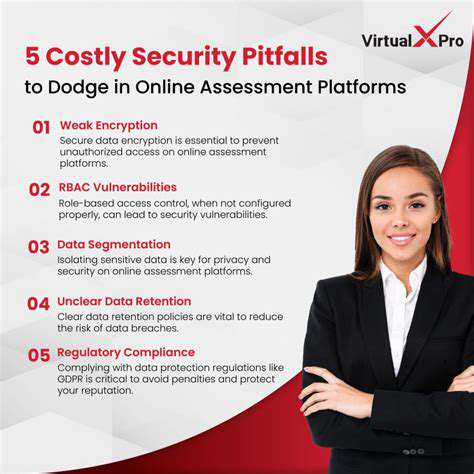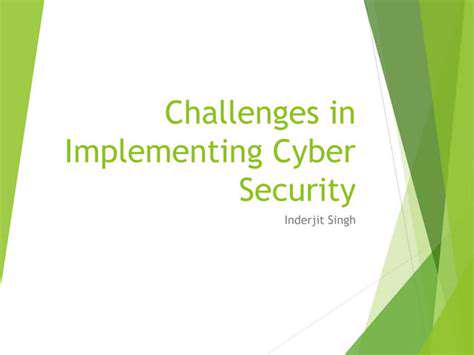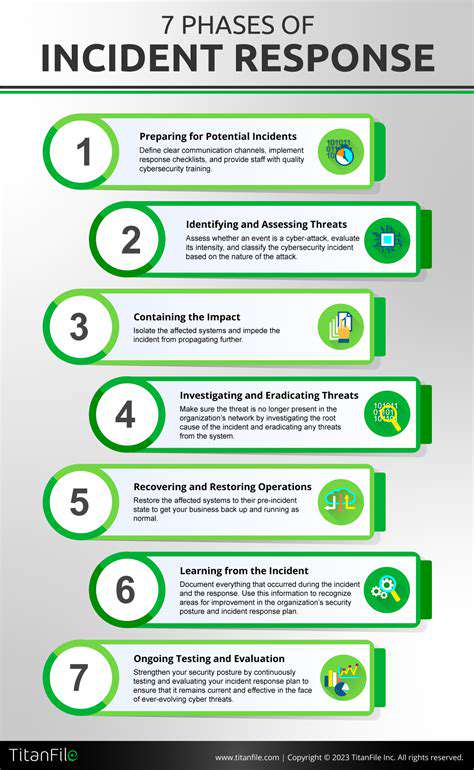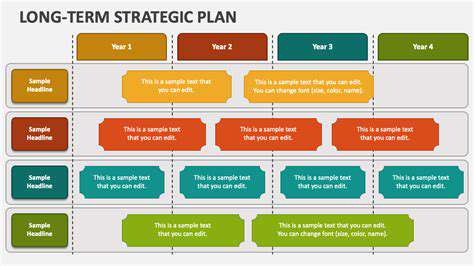Understanding Identity Theft and How to Prevent It

Protecting Your Personal Information
Identity theft is a serious crime that can have devastating consequences for victims. It's crucial to understand the importance of safeguarding your personal information, as this often involves more than just a few simple steps. This includes everything from your social security number to your date of birth and even your driver's license information. Protecting these details requires a proactive and multi-faceted approach.
Taking proactive steps to protect your personal information can significantly reduce your risk of becoming a victim of identity theft. Being aware of phishing scams and other fraudulent attempts is equally important. These scams often use deceptive tactics to trick individuals into revealing sensitive information, so it is essential to remain vigilant and cautious when dealing with unknown entities online or through phone calls.
Monitoring Your Accounts Regularly
Regularly monitoring your bank and credit card statements is a critical aspect of preventing identity theft. This allows you to quickly identify any unauthorized transactions or activity that might indicate fraudulent behavior. By staying on top of your accounts, you can minimize the potential damage caused by identity theft.
Checking your credit report regularly is also vital. This crucial step helps you detect any fraudulent accounts or credit lines opened in your name. Utilizing free credit monitoring services or even annual credit reports from the major bureaus can significantly aid in this process.
Using Strong Passwords and Multi-Factor Authentication
Strong passwords are essential for safeguarding your online accounts. Using a combination of uppercase and lowercase letters, numbers, and symbols makes your passwords much more difficult for hackers to crack. Avoid using easily guessable passwords, such as your birthday or the name of a pet.
Implementing multi-factor authentication (MFA) for your online accounts adds an extra layer of security. This often involves receiving a verification code via SMS or email after logging in. This extra step significantly reduces the risk of unauthorized access, even if a hacker manages to obtain your password.
Being Cautious of Phishing Emails and Texts
Phishing scams often involve deceptive emails or text messages that appear to be from legitimate organizations, such as banks or government agencies. These messages usually contain links or attachments that can install malware on your devices or lead to fake login pages. Be extremely cautious when clicking on links or downloading attachments from unknown sources.
Verify the authenticity of any email or text message that asks for your personal information before responding. Contacting the organization directly through a known and trusted phone number or website is always the safest approach.
Protecting Your Devices and Data
Keeping your software updated is crucial for protecting your devices from malware and viruses. Outdated software often has vulnerabilities that hackers can exploit. Regularly updating your operating systems, applications, and antivirus software is essential to maintaining a secure digital environment.
Using strong encryption for your data, both online and offline, is another key step. This includes encrypting your hard drives and using secure cloud storage services when necessary. Protecting your sensitive data offline is just as important as protecting it online.
Protecting Your Online Presence and Financial Accounts
Understanding the Threats
Protecting your online presence and financial accounts is crucial in today's digital age, where cybercriminals are constantly devising new ways to steal your personal information. Identity theft is a serious crime that can lead to significant financial losses, damage your credit rating, and cause emotional distress. Understanding the various threats, such as phishing scams, malware infections, and social engineering tactics, is the first step towards safeguarding your valuable data.
Phishing emails and fraudulent websites are common methods used to trick individuals into revealing sensitive information like usernames, passwords, and credit card details. These scams often mimic legitimate organizations, making them difficult to spot. Malware, including viruses and spyware, can infiltrate your devices and steal your personal information without your knowledge, often lurking in seemingly harmless downloads or attachments.
Strengthening Your Online Security
Implementing strong security measures is essential to protect your online presence. Using strong, unique passwords for each online account is paramount. Avoid using easily guessable passwords or reusing passwords across multiple platforms. Enable two-factor authentication wherever possible, adding an extra layer of security to your accounts.
Regularly updating your software, including your operating system and applications, is vital. These updates often patch security vulnerabilities that hackers can exploit. Be cautious about clicking on suspicious links or downloading attachments from unknown senders. Exercise caution and verify the legitimacy of any request for personal information before responding.
Protecting Financial Accounts
Monitoring your financial accounts regularly is crucial for detecting any fraudulent activity. Set up alerts for unusual transactions or account changes. Report any suspicious activity immediately to your bank or financial institution. Consider using security software and tools to help detect and prevent unauthorized access to your accounts.
Using strong passwords, enabling two-factor authentication, and regularly reviewing your account statements are important steps to take to protect your financial accounts. Avoid sharing sensitive financial information over public Wi-Fi networks, as these networks are often vulnerable to interception. Be diligent in verifying the legitimacy of any requests for financial information before responding.
Safeguarding Personal Information
Protecting Your Personal Information offline is just as important as protecting it online. Be mindful of where you store sensitive documents and information. Shred or destroy documents containing personal information before discarding them. Avoid leaving personal information visible in public places, such as receipts or mail.
Consider using encryption to protect sensitive data stored on your devices or in the cloud. Choose reputable providers for cloud storage and be mindful of the security measures they implement. Review your privacy settings on various online platforms to control what information is shared and with whom. By taking these precautions, you can significantly reduce the risk of identity theft and protect your valuable information.
Read more about Understanding Identity Theft and How to Prevent It
Hot Recommendations
- Review: The New [Specific Brand] Smart Lock Is It Secure?
- Best Budget Studio Monitors for Music Production
- Top Flight Simulation Peripherals (Joysticks, Throttles, etc.)
- Top Portable Scanners for Document Management On the Go
- Reviewing the Latest Smart Air Purifiers for Your Home
- Best Portable Photo Printers for Travelers and Memory Keepers
- The Future of Personal Transportation Beyond Cars (Hyperloop, eVTOL)
- Top Network Monitoring Tools [Free & Paid Options]
- Understanding the Tech Behind mRNA Vaccines [A Look Inside]
- Guide to Choosing the Right Gaming Chair for Ergonomics





![Best Books for Learning Programming [Beginner to Advanced]](/static/images/25/2025-05/DeepDiveintoSpecificLanguages3AExpandingYourSkillset.jpg)

![Top Gaming Headsets for Immersive Sound [2025]](/static/images/25/2025-06/High-ResolutionAudioforEnhancedDetail.jpg)

![Understanding the Tech Behind mRNA Vaccines [A Look Inside]](/static/images/25/2025-07/SafetyandEfficacyofmRNAVaccines3AADeeperLook.jpg)

